Dhaka, Feb 25 (V7N) –The United Nations Human Rights Office has highlighted multiple instances where individuals injured in street protests during the July-August uprising last year encountered significant barriers in accessing timely medical care.
In its fact-finding report released earlier this month, the UN emphasized that authorities must ensure the availability of adequate medical facilities in situations where the use of force is anticipated or violence is likely.
"Assistance and medical aid must be provided to injured individuals at the earliest possible moment, regardless of whether the force used against them was lawful," the Office of the High Commissioner for Human Rights (OHCHR) stated.
However, the report noted that the responsibility for medical assistance was largely shouldered by fellow protesters and concerned local citizens, including rickshaw drivers, who provided basic first aid and transported the wounded to hospitals.
The OHCHR warned that such omissions by security forces likely contributed to preventable fatalities among the injured.
Citing testimonies from victims and eyewitnesses, supported by photos and videos, the report revealed that instead of facilitating urgent medical care, law enforcement agencies actively obstructed efforts to aid the wounded.
One such case involved Shykh Aashhabul Yamin, who was fatally shot multiple times by police on July 18 in Savar while climbing onto a blue armored personnel carrier (APC).
On July 19, a helicopter was reported to have dropped tear gas shells near a hospital, dispersing people seeking medical treatment. The same day, tear gas was fired into a garage being used as an emergency medical center for injured protesters.
In another incident on August 4, police shot a 17-year-old boy in the Farmgate area, placed him on a rickshaw, and instructed the driver to take him away. However, other officers blocked access to nearby hospitals, with one even ordering the driver to throw the injured boy into a drain. Eventually, he was allowed through, but by the time he reached the hospital, he had succumbed to his injuries.
The OHCHR acknowledged that Border Guard Bangladesh (BGB) independently ensured medical care for 32 injured protesters, but noted that this was an exception rather than the norm.
The report also found that security forces routinely failed to provide first aid, arrange emergency transport, or assist wounded protesters and bystanders, including those hurt by their own unlawful actions.
On August 5, in the Jatrabari area, police shot indiscriminately at protesters and detained a local man helping the injured. Officers reportedly threatened to shoot him four times for assisting their "enemies" and forced him to choose where he wanted to be shot. Despite his pleas for mercy, an officer shot him point-blank in the leg before dragging him into a gutter and abandoning him.
Additionally, the report accused intelligence agencies, including the Directorate General of Forces Intelligence (DGFI), National Security Intelligence (NSI), and the Detective Branch, of obstructing medical care by closely monitoring hospitals, identifying and interrogating injured protesters, and confiscating medical records and CCTV footage without legal authorization.
The OHCHR stated that medical personnel were pressured into withholding proper treatment and documentation of injuries. Testimonies indicated that these obstructions were carried out under orders from higher authorities.
The report also mentioned that in some cases, families faced delays in burying their deceased relatives, as police neither conducted autopsies themselves nor permitted families to retrieve bodies without an autopsy.
END/MSS/AJ



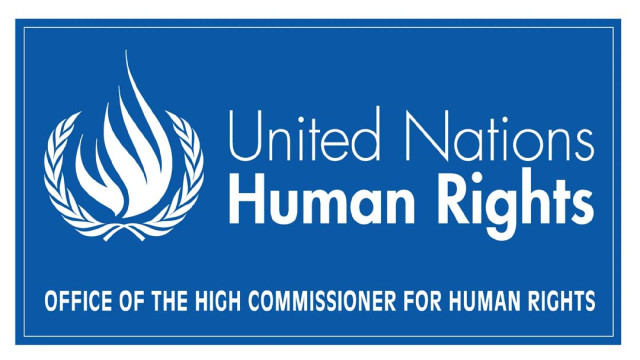
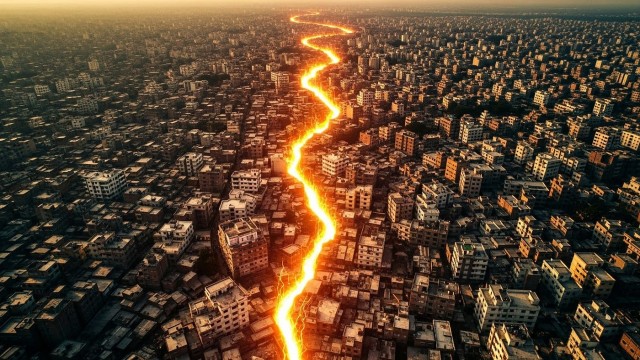
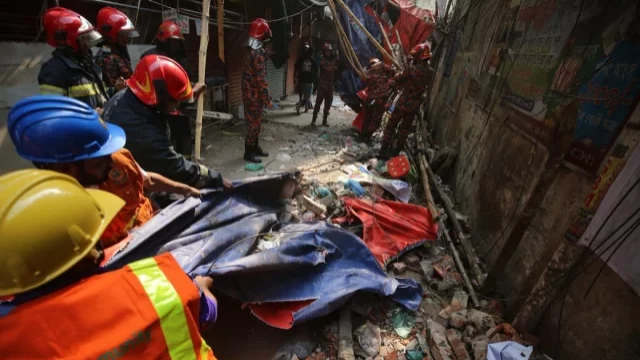
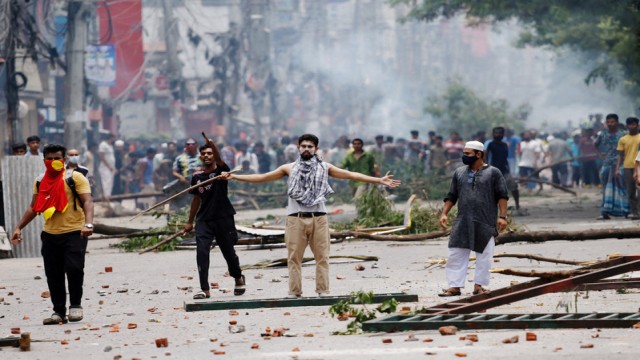
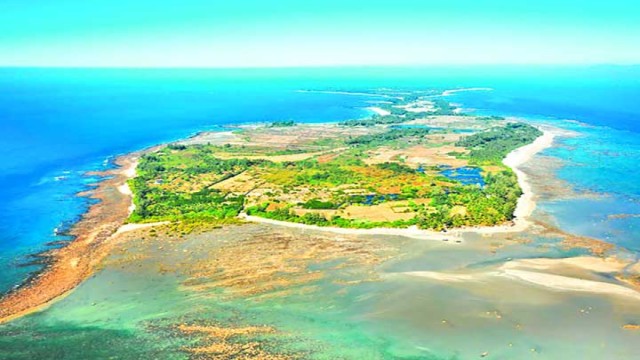
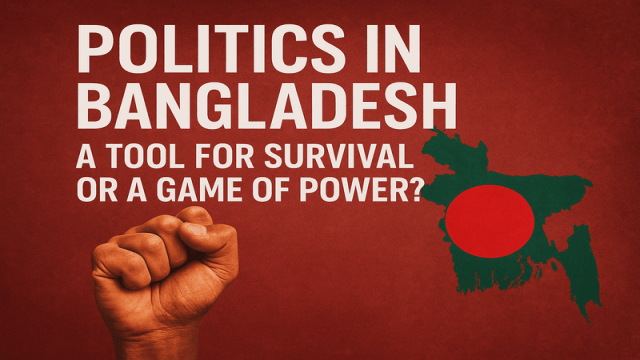
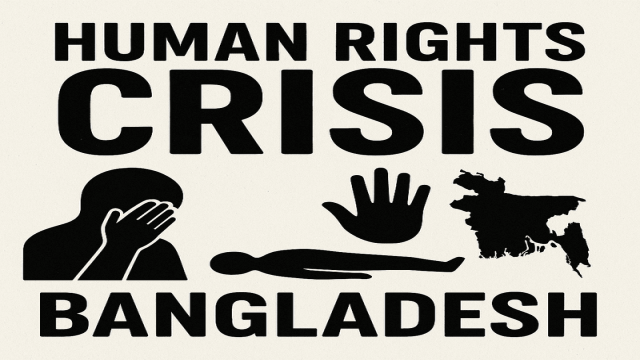

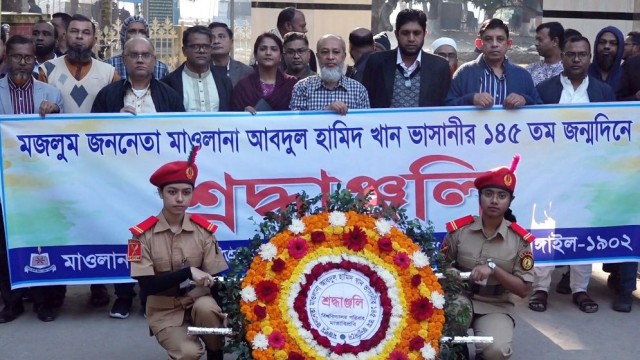
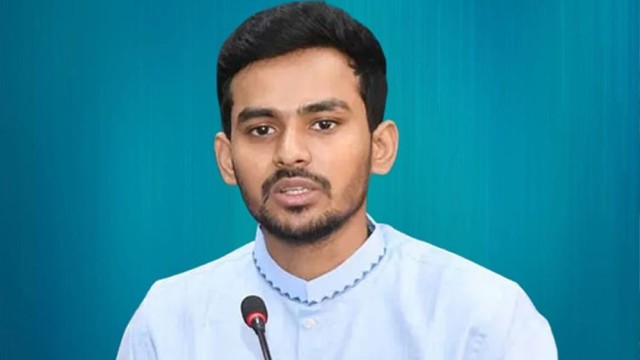

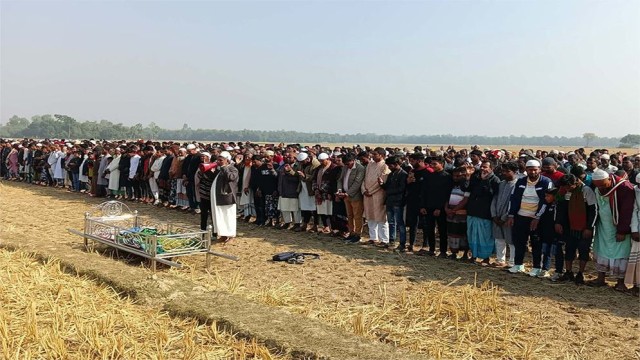
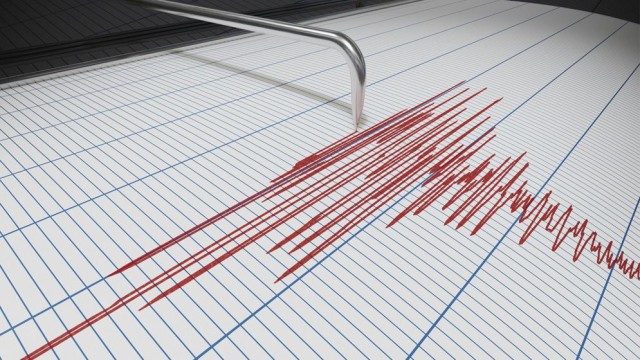
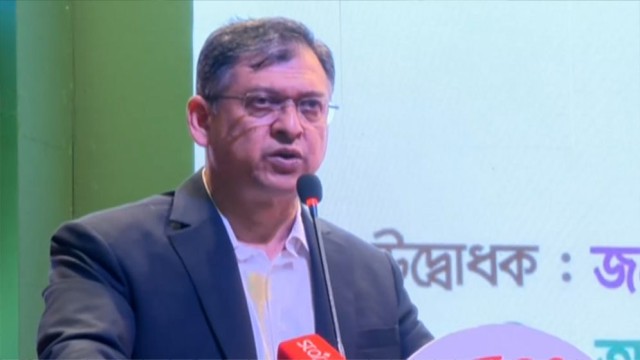

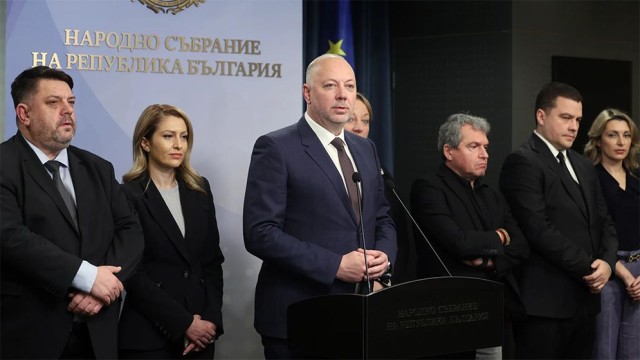
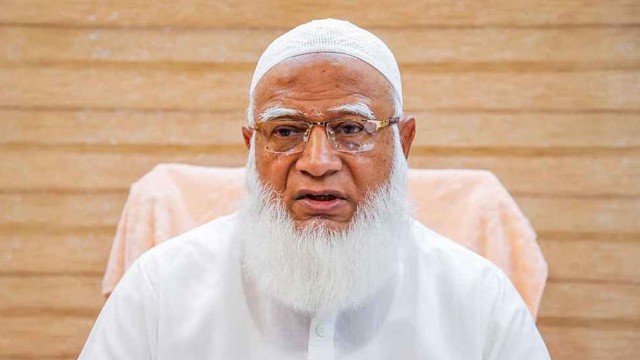

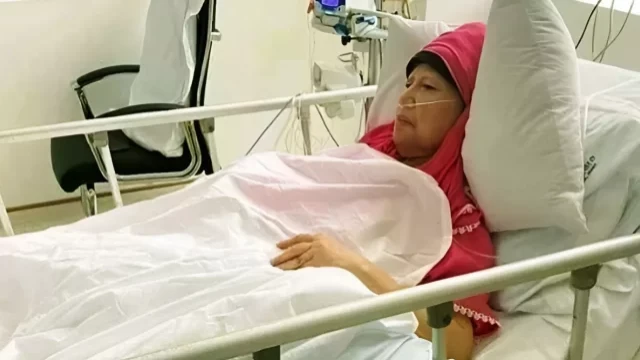
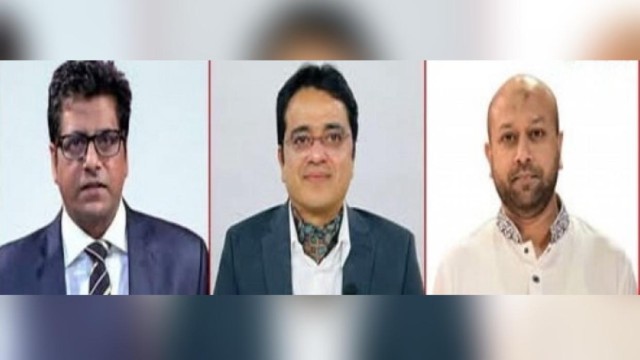
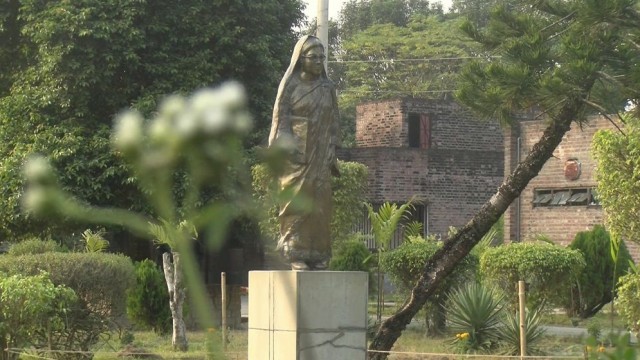
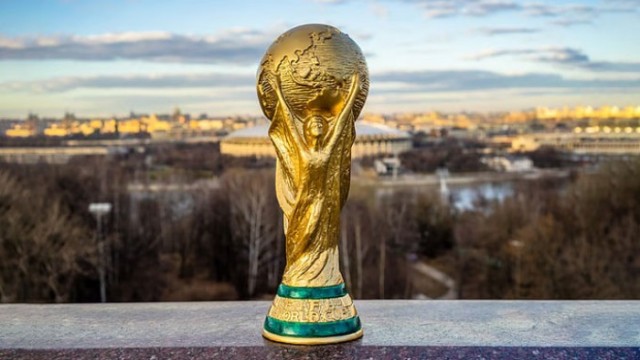
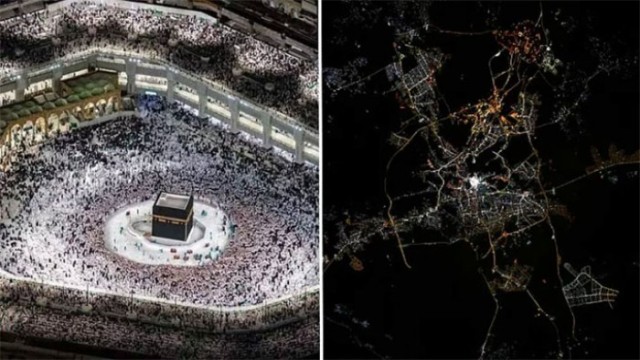
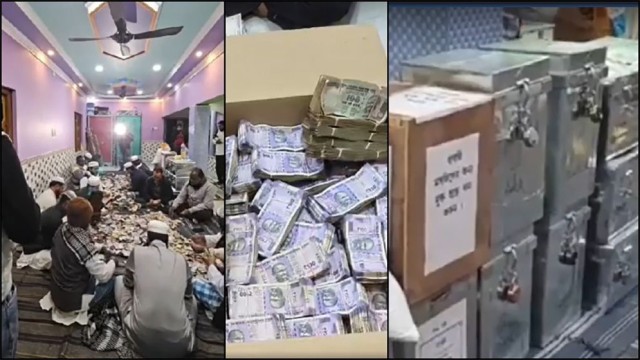
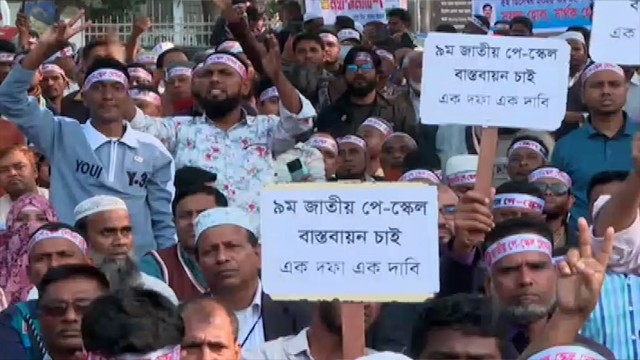
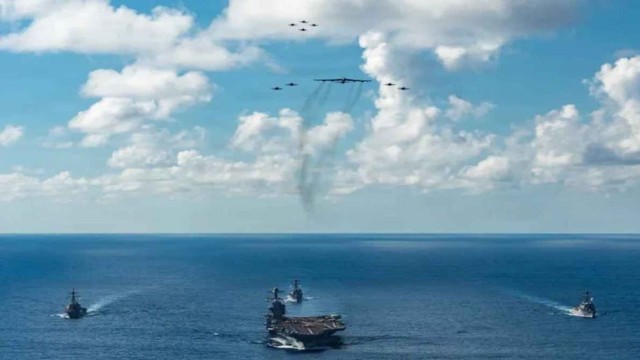
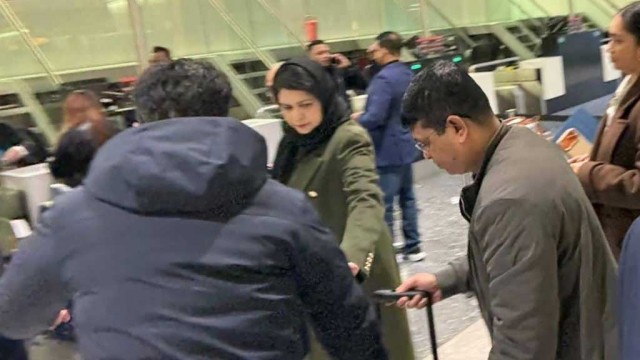

Comment: